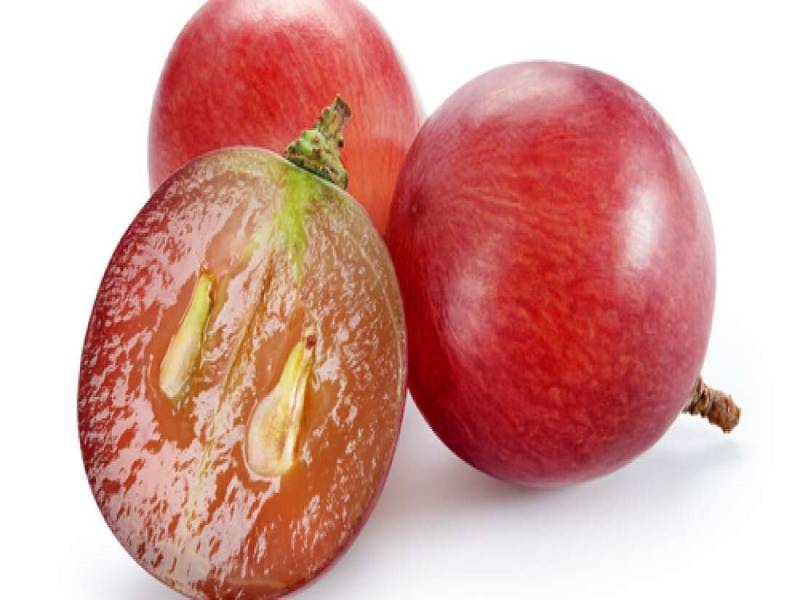
A study was initiated to assess whether the supposedly axenic plant cell cultures harbored any cultivation-recalcitrant endophytic bacteria (CREB). Adopting live-cell imaging with bright-field, fluorescent and confocal microscopy and bacterial 16S-rRNA gene taxonomic profiling, we report the cytoplasmic association of abundant and diverse CREBs in long-term actively maintained callus and cell suspension cultures of different plant species. Preliminary bright-field live-cell imaging on grape cell cultures showed abundant intracellular motile micro-particles resembling bacteria, which proved uncultivable on enriched media. Bacterial probing employing DNA stains, transmission electron microscopy, and Eubacterial FISH indicated abundant and diverse cytoplasmic bacteria.
Observations on long-term maintained/freshly established callus stocks of different plant species-grapevine, barley, tobacco, Arabidopsis, and medicinal species-indicated intracellular bacteria as a common phenomenon apparently originating from field shoot tissues. Cultivation-independent 16S rRNA gene V3/V3-V4 amplicon profiling on 40-year-old grape cell/callus tissues revealed a high bacterial diversity (>250 genera), predominantly Proteobacteria, succeeded by Firmicutes, Actinobacteria, Bacteriodetes, Planctomycetes, and 20 other phyla, including several candidate phyla. PICRUSt analysis revealed diverse functional roles for the bacterial microbiome, majorly metabolic pathways. Thus, we unearth the widespread association of cultivation-recalcitrant intracellular bacteria "Cytobacts" inhabiting healthy plant cells, sharing a dynamic mutualistic association with cell hosts.
Bacteria have been found living inside the cells of plants. Indeed it seems they do this often, perhaps in every type of plant, making it astonishing no one noticed earlier. The scientists who discovered their presence don't know what the consequences are for plants having bacteria thriving inside their cells but think it is likely to be beneficial most of the time. Understanding the phenomenon may lead to ways to supercharge plant growth.
It has been known for more than 200 years that bacteria, known as endophytes, can live inside plants without harming them. The endophytes science has been familiar with, however, exist in the spaces between plant cells, sometimes flattening themselves to fit in. They form symbiotic relationships, providing protection against insects and diseases in return for the safety of a place to live and a share of the nutrients the host captures.
Nevertheless, the inside of plant cells was thought to be something different until Dr Pius Thomas, then at Australia's Flinders University saw something that looked like bacteria inside cultured grape cells. He drew this to the attention of Professor Chris Franco, beginning a ten-year quest by the pair.
That project has now resulted in a paper in Microorganisms announcing their findings.
“I am excited to expand this new field of plant cell biology in my R&D centre at Bengaluru with the plan to focus on endophytic microorganisms and allied areas with a primary focus on micropropagation of papaya which is severally hampered due to interference from microbial contaminants,” Thomas, now running his own biotech company, said in a statement. “Normally the endophytic bacteria are known to reside between plant cells. Because plant cells are considered to be free of other living organisms it goes against the grain to report bacteria within plant cells.”
Many things try to live inside other organisms' cells. It's viruses' core strategy after all if one can call what they do life. Nor is it always harmful - it's likely animals got the mitochondria that make our energy stores from prokaryotic cells getting inside our single-celled ancestors and becoming assimilated. Nevertheless, the discovery represented a shock to both authors. “This new paradigm of cytobacteria in health cells has the potential to open up a whole new area of research, including plant biology, human health, and environmental microbiology,” Franco said, while noting existing tools for studying plant cells are poorly suited to answering further questions about the topic. The bacteria took so long to confirm because they could not be cultivated in enriched media, surviving only inside the cells in which they live.
Thomas and Franco's research has largely focused on the presence of bacteria in cells of tropical plants such as bananas and papaya, but they've been found in every species they have studied, temperate zone inhabitants included.
Consequently, it is safe to assume the bacteria are not harming the plants, Franco told IFLScience. “They must be doing something beneficial, but we have not worked out what it is yet.” Franco noted the bacteria are not mitochondria, but; “Maybe performing some of the same functions.” Repelling less friendly intruders is another plausible function.
Whether other branches of the (metaphorical) tree of life have similar guests inside their cells is unknown. “I would not be surprised if something similar was happening in others,” Franco told IFLScience. “But I have no evidence.”
















